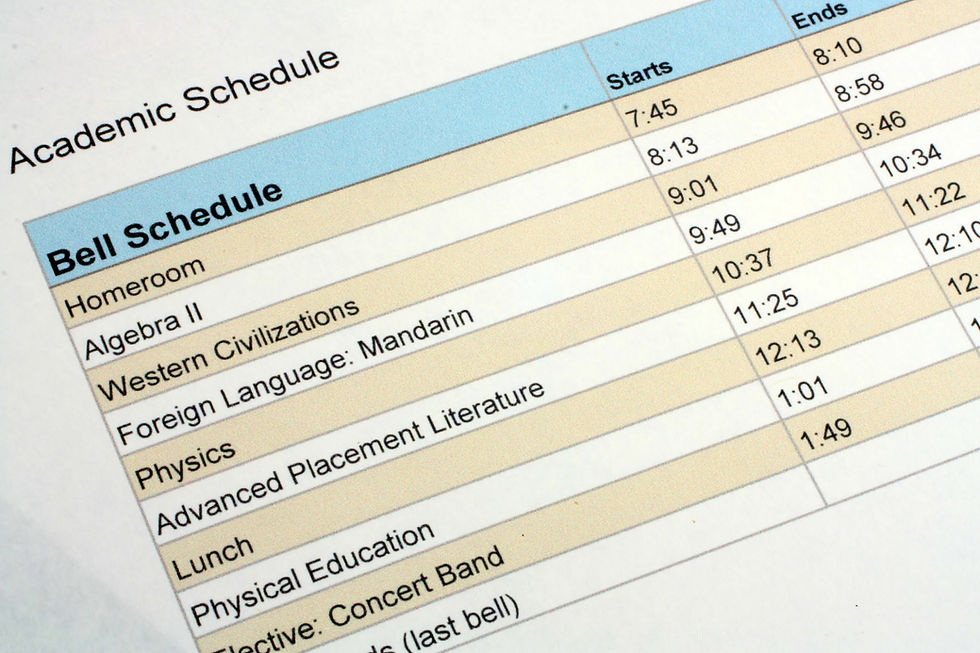Demonstrated Interest Decoded
- Alison Merzel

- Nov 18, 2020
- 2 min read
You know how you google something and then all of a sudden you start seeing ads for the item showing up everywhere you go? Or even scarier, you see Amazon recommendations that only could have come from Alexa overhearing your conversation? These days, pretty much everything we do is being tracked somewhere. It is no exception for colleges and universities.
Most schools today have sophisticated CRM (customer relationship management) systems that enable them to track who is visiting their websites, opening their emails, clicking on their links, attending their virtual events, etc. How this information is used varies greatly from school to school.
Demonstrated interest is the phrase used to describe the behaviors and activities performed by a student that indicate their level of interest in a school. A student who submits an application to college without ever having filled out a form to request information, attending an event or engaging with anyone on campus is sometimes referred to as a "stealth" applicant - they just "came out of nowhere." It is someone who would be classified as having low demonstrated interest, as they have not taken steps to communicate their interest to the school through their behaviors. Some students around the world just don't have the access or opportunity to be able to engage at a high level, which is why some schools won't use demonstrated interest as a factor in the admissions process. Many schools, however, want to optimize their yield (the percentage of students who will enroll out of those offered admission) and are more likely to offer a spot to a student who has been taking advantage of opportunities to connect with the school through email, online or in-person events, virtual or on-campus visits, etc.
Some schools are transparent about their use of demonstrated interest in the admissions process - they will indicate that they track it and that it plays a factor in the admissions decision. Other schools will indicate that they really only pay attention to it at the time of a waitlist review - if there is one spot remaining and two students share very similar profiles, the school will likely offer the spot to the student who has shown more demonstrated interest, as there is a greater chance that student will ultimately enroll.
Notice on this chart, which can be found for most schools by searching online for the name of the school and "common data set," that this particular school says that the "level of applicant's interest" is "very important" in the admissions decision:

Regardless of whether schools formally or informally track demonstrated interest, it can never hurt to show a school that you are interested in them. Especially during current times when most in-person tours and events are not an option, I highly recommend that you take advantage of the opportunities to connect with a school virtually. The more you engage with the school, the more you learn whether it is a good fit for you and the more they become aware of your interest.


